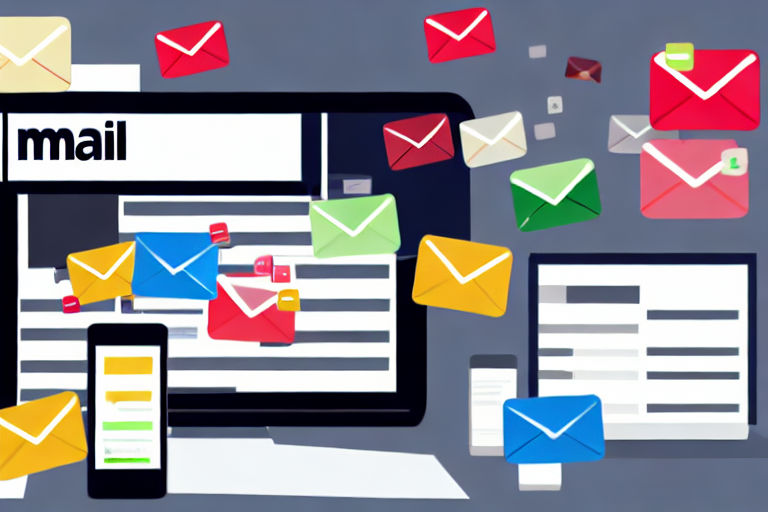The Impact of Personalization on Your Email List Segmentation and Conversion Rates
If you’ve been managing an email list for some time, you know that list segmentation is key to maximizing your results. By dividing your audience into smaller groups based on demographics, behaviors, interests, or other criteria, you can create more targeted, personalized messages that resonate with each segment.
However, simply dividing your list into segments isn’t enough. Personalization is also crucial for getting the best possible results from your email campaigns. In fact, a recent study by Epsilon found that personalized emails have a 29% higher open rate and 41% higher click-through rate than generic emails.
So, how can you use personalization to improve your email list segmentation and conversion rates? Here are a few tips to consider:
1. Collect More Data
The more data you have on your subscribers, the better you can target your messages to their needs and interests. Consider adding extra fields to your subscription form, like location, industry, or job title, to create more specific segments. You can also use automation tools to gather data on your subscribers’ behaviors, like the links they click, the pages they visit, and the products they purchase.
2. Use Dynamic Content
Dynamic content allows you to create different versions of your email content based on the subscriber’s segment, location, or other criteria you set. For instance, you could use dynamic content to show different images, headlines, or calls-to-action based on the subscriber’s industry or interests. This can create a more personalized experience that resonates with the recipient, increasing your chances of conversion.
3. Implement Personalization Tokens
Personalization tokens are fields in your email that are filled in automatically with the subscriber’s information. For instance, you could use the subscriber’s first name in the subject line or greeting, or include their location or purchase history in the body copy. This can add a personal touch to your message, making it feel more relevant and engaging.
4. Send Behavior-Based Emails
Finally, consider sending emails triggered by specific behaviors, like abandoned cart reminders, product recommendations, or post-purchase follow-ups. These emails can be highly targeted to the subscriber’s actions, increasing the chances of conversion. For example, if a subscriber abandons a cart, you could automatically send an email reminding them of the products they left behind and offering a discount code to incentivize them to complete the purchase.
In conclusion, list segmentation is essential for creating targeted email campaigns, but personalization is the key to unlocking their full potential. By collecting more data, using dynamic content, implementing personalization tokens, and sending behavior-based emails, you can create a more personalized experience for each segment of your audience, resulting in higher conversion rates and more engaged subscribers.



